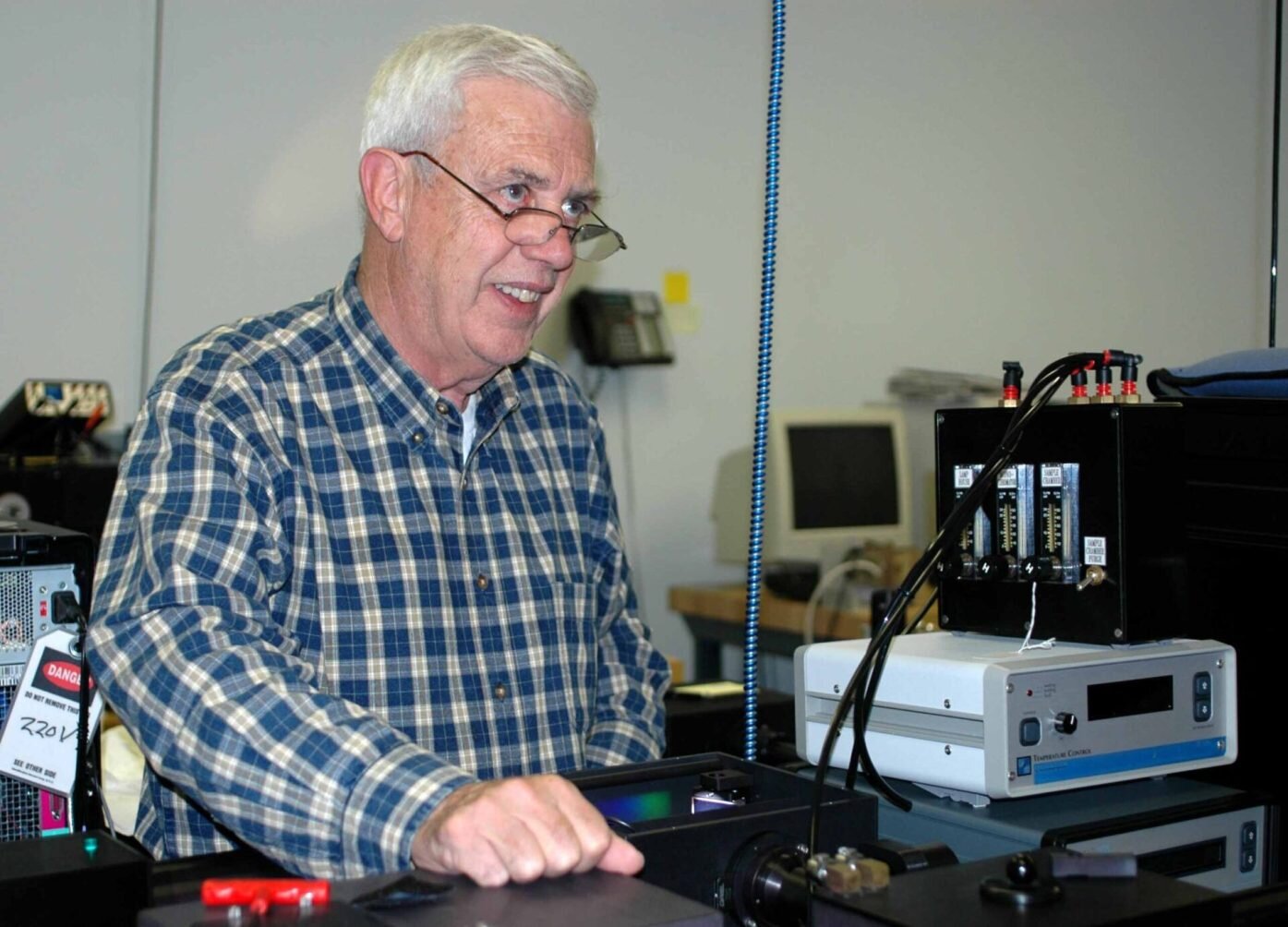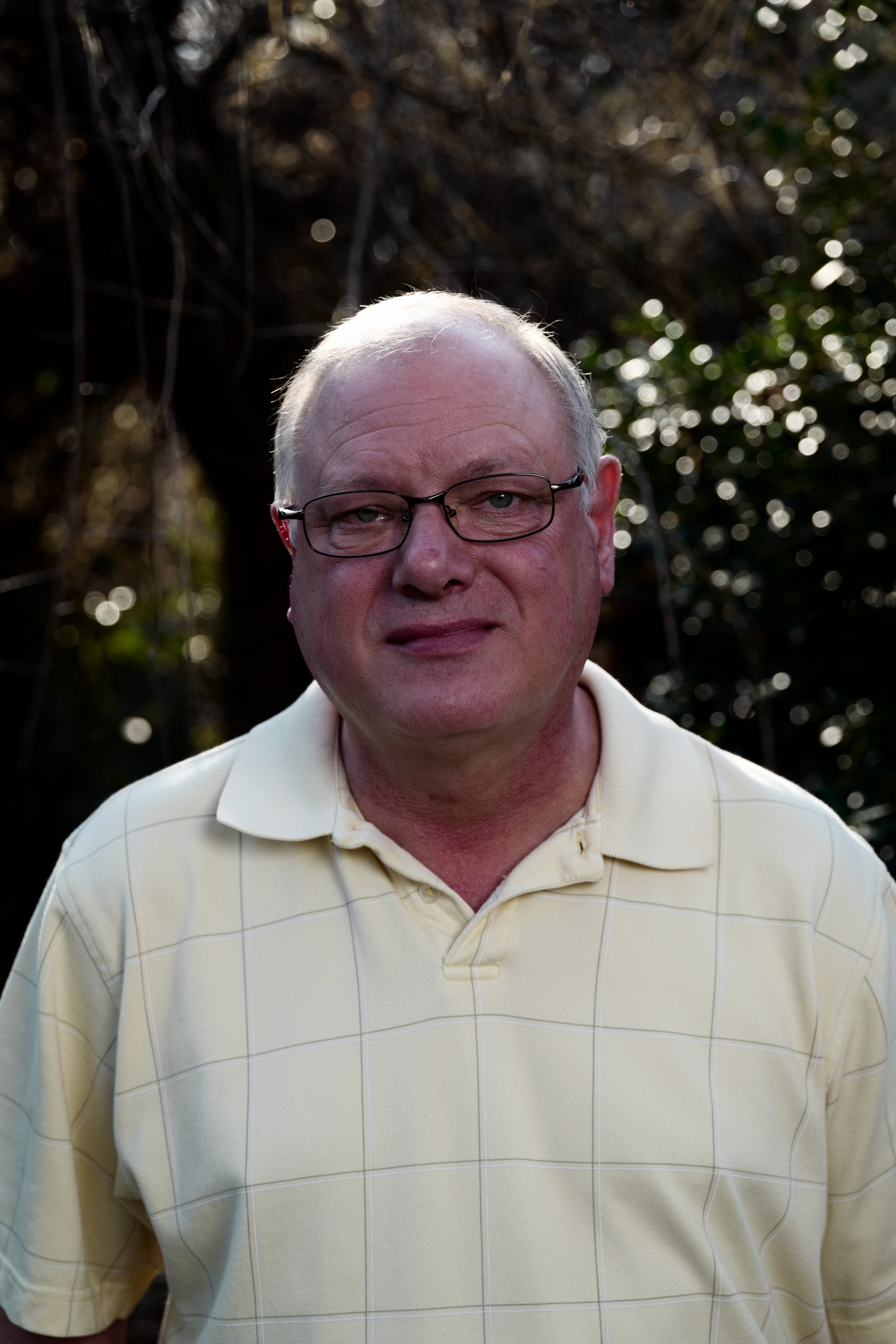A Biased View of Spectrophotometers
A Biased View of Spectrophotometers
Blog Article
Some Known Incorrect Statements About Circular Dichroism
Table of ContentsGetting The Circular Dichroism To WorkSome Known Details About Uv/vis Top Guidelines Of Uv/visRumored Buzz on Uv/vis/nirA Biased View of Uv/visThe Ultimate Guide To Circularly Polarized LuminescenceRumored Buzz on SpectrophotometersWhat Does Uv/vis/nir Do?What Does Circularly Polarized Luminescence Do?Some Known Factual Statements About Uv/vis/nir How Circularly Polarized Luminescence can Save You Time, Stress, and Money.Uv/vis/nir Can Be Fun For AnyoneGetting The Uv/vis/nir To Work
It is then scanned through the sample and the referral options. Fractions of the incident wavelengths are transmitted through, or shown from, the sample and the referral. The resultant light strikes the photodetector device, which compares the relative intensity of the 2 beams. Electronic circuits convert the relative currents into direct transmission portions and/or absorbance/concentration values.The transmission of a reference compound is set as a baseline (information) value, so the transmission of all other compounds are recorded relative to the preliminary "zeroed" substance. The spectrophotometer then transforms the transmission ratio into 'absorbency', the concentration of specific components of the test sample relative to the preliminary substance.
Since samples in these applications are not easily offered in large amounts, they are particularly suited to being examined in this non-destructive strategy. In addition, precious sample can be conserved by utilizing a micro-volume platform where as low as 1u, L of sample is needed for complete analyses. A quick explanation of the procedure of spectrophotometry consists of comparing the absorbency of a blank sample that does not contain a colored compound to a sample that contains a colored substance.
How Circularly Polarized Luminescence can Save You Time, Stress, and Money.
In biochemical experiments, a chemical and/or physical property is picked and the procedure that is used is particular to that residential or commercial property in order to obtain more information about the sample, such as the amount, purity, enzyme activity, and so on. Spectrophotometry can be used for a number of methods such as identifying optimum wavelength absorbance of samples, determining ideal p, H for absorbance of samples, determining concentrations of unknown samples, and identifying the p, Ka of various samples.: 21119 Spectrophotometry is also a practical procedure for protein purification and can also be utilized as a method to produce optical assays of a compound.
It is possible to know the concentrations of a 2 component mix utilizing the absorption spectra of the basic solutions of each element. To do this, it is essential to know the extinction coefficient of this mix at 2 wave lengths and the extinction coefficients of options which contain the known weights of the two parts.

Circularly Polarized Luminescence Things To Know Before You Buy
Many spectrophotometers are utilized in the UV and noticeable regions of the spectrum, and a few of these instruments also operate into the near-infrared area also. The concentration of a protein can be estimated by determining the OD at 280 nm due to the existence of tryptophan, tyrosine and phenylalanine (https://www.bitchute.com/channel/ZeGQl0AaiFBC/).
This technique requires a spectrophotometer capable of measuring in the UV area with quartz cuvettes.: 135 Ultraviolet-visible (UV-vis) spectroscopy includes energy levels that thrill electronic transitions. Absorption of UV-vis light thrills particles that are in ground-states to their excited-states.
20. 8 O.D. Ink producers, printing companies, fabrics vendors, and a lot more, require the data supplied through colorimetry. They take readings in the region of every 520 nanometers along the visible region, and produce a spectral reflectance curve or an information stream for alternative discussions. These curves can be used to test a new batch of colorant to examine if it makes a match to requirements, e.
Circular Dichroism for Dummies
Traditional noticeable area spectrophotometers can not find if a colorant or the base material has fluorescence. This can make it hard to handle color problems if for instance one or more of the printing inks is fluorescent. Where a colorant consists of fluorescence, a bi-spectral fluorescent spectrophotometer is utilized (https://pagespeed.web.dev/analysis/https-olisclarity-com/ft59obxjpp?form_factor=mobile). There are two significant setups for visual spectrum spectrophotometers, d/8 (round) and 0/45.
Researchers utilize this instrument to determine the amount of compounds in a sample. If the compound is more focused more light will be absorbed by the sample; within small varieties, the Beer, Lambert law holds and the absorbance between samples vary with concentration linearly. In the case of printing measurements 2 alternative settings are frequently utilized- without/with uv filter to control much better the effect of uv brighteners within the paper stock.
Rumored Buzz on Circular Dichroism
Some applications need little volume measurements which can be performed with micro-volume platforms. As explained in the applications area, spectrophotometry can be used in both qualitative and quantitative analysis of DNA, RNA, and proteins. Qualitative analysis can be utilized and spectrophotometers are utilized to tape spectra of compounds by scanning broad wavelength regions to identify the absorbance properties (the intensity of the color) of the compound at each wavelength.

Spectrophotometers for Beginners
One major factor is the type of photosensors that are readily available for various spectral areas, however infrared measurement is likewise challenging because virtually whatever gives off IR as thermal radiation, specifically at wavelengths beyond about 5 m. Another issue is that numerous materials such as glass and plastic take in infrared, making it incompatible as an optical medium.
2013. p. 13. Allen, DW; Cooksey, C; Tsai, BK (Nov 13, 2009). "Spectrophotometry". Obtained Dec 23, 2018. Ninfa AJ, Ballou DP, Benore M (2010 ). Basic Lab Methods for Biochemistry and Biotechnology (2nd ed.). Hoboken: Wiley & Sons. ISBN 9780470087664. OCLC 488246403. Schwedt G (1997 ). The essential guide to analytical chemistry.
Chichester, NY: Wiley. pp. 1617. ISBN 9780471974123. OCLC 36543293. Ninfa AJ, Ballou DP (2004 ). Essential laboratory techniques for biochemistry and biotechnology. Hoboken: Wiley. p. 66. ISBN 9781891786006. OCLC 633862582. Rendina G (1976 ). Philadelphia, PA: W. B. Saunders Company. pp. 46-55. ISBN 0721675506. OCLC 147990. Oke, J. B.; Gunn, J. E.
Circularly Polarized Luminescence - The Facts
"Secondary basic stars for outright spectrophotometry". The Astrophysical Journal. 266: 713. Bibcode:1983 Ap, J..266..713 O. doi:10. 1086/160817. Ishani, G (2006 ). "The very first commercial UV-vis spectrophotometer". p. 100. Retrieved Dec 23, 2018. Simoni, RD; Hill, RL; Vaughan, M; Tabor, H (Dec 5, 2003). "A Traditional Instrument: The Beckman DU Spectrophotometer and Its Developer, Arnold O.
278 (49 ): e1. doi:. ISSN 1083-351X. Beckman, A. O.; Gallaway, W. S.; Kaye, W.; Ulrich, W. F. (March 1977). "History of spectrophotometry at Beckman Instruments, Inc". Analytical Chemistry. 49 (3 ): 280A300A. doi:10. 1021/ac50011a001. "Hewlett Packard: Substance see this site Recognition with HP 8450 A UV Noticeable Spectrophotometer". Analytical Chemistry. 51 (12 ): 1188A1189A. 1979-10-01.
1021/ac50048a728. ISSN0003-2700. Ninfa AJ, Ballou DP, Benore M (2015 ). Basic Lab Techniques for Biochemistry and Biotechnology (3, rev. ed.). Hoboken, NJ: Wiley & Sons. p. 77. ISBN9780470924525. OCLC915641828. "Completely Automatic Double Beam - Atomic Absorption Spectrophotometer (AA 8000)". Lab Devices. Labindia Analytical Instruments Pvt. Ltd. "Spectrophotometry Applications and Principles".
Indicators on Spectrophotometers You Should Know
"Applied Spectrophotometry: Analysis of a Biochemical Mix". Biochemistry and Molecular Biology Education. Journal of Biochemistry Education.
The 3-Minute Rule for Circularly Polarized Luminescence
U.S. Department of Commerce National Bureau of Standards unique publication; 378. Washington, D.C.: U.S. National Bureau of Standards. p. 2. OCLC 920079.
The process begins with a regulated light that lights up the analyzed sample. In the case of reflection, as this light communicates with the sample, some is taken in or released. The given off light journeys to the detector, which is evaluated, quantified, and presented as industry-standard color scales and indices.
All terms are evaluated over the noticeable spectrum from 400 to 700 nm. In the case of transmission, when the light interacts with the sample, it is either absorbed, reflected, or transferred.
The Greatest Guide To Circularly Polarized Luminescence
Examples include APHA (American Public Health Association) for watercolor and pureness analysis, ASTM D1500 for petrochemical color analysis, edible oil indices used in food, and color analyses of beverages. All terms are assessed over the noticeable spectrum from 400 to 700 nm.
Image Credit: Matej Kastelic/ Dr. Arnold J. Beckman and his associates at the National Technologies Laboratories first developed the spectrophotometer in 1940. In 1935 Beckman founded the business, and the discovery of the spectrophotometer was their most ground-breaking development. Dr. Bruce Merrifield, a Nobel prize-winning biochemist, specified that the development of the spectrophotometer was "probably the most essential instrument ever established towards the development of bioscience." Before the discovery of the spectrophotometer, chemical analyses took weeks to finish, with 25% precision.
Examine This Report about Uv/vis
99% accuracy. With time, scientists kept improving the spectrophotometer design to enhance its efficiency. For circumstances, the UV capabilities of the design B spectrophotometer were enhanced by changing the glass prism with a quartz prism. Eventually, the Model DU was produced, containing a hydrogen lamp and other improvements. This instrument was utilized in industrial laboratories, centers, and chemistry and biochemistry departments.
Normally, a spectrophotometer is made up of 2 instruments, particularly, a spectrometer and a photometer. A standard spectrophotometer includes a light source, a monochromator, a collimator for straight light beam transmission, a cuvette to position a sample, and a photoelectric detector.
The Of Spectrophotometers
There are different types of spectrophotometers in different shapes and sizes, each with its own purpose or functionality. A spectrophotometer determines how much light is shown by chemical elements. UV/Vis/NIR. It determines the distinction in light strength based upon the total amount of light presented to a sample and the quantity of beam that goes through the sample option
A spectrophotometer is used to identify the concentration of both colorless and colored solutes in a solution. This instrument is utilized to determine the rate of a response.
Report this page